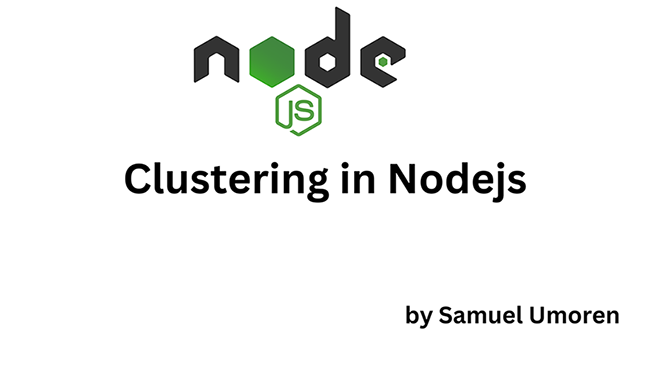Comprehensive Talent Matching
Flexible Engagement Models
Quality Assurance and Support


Connecting Brilliance with Opportunity
70 K
Large readily internal pool of candidates
With access to a robust internal database of over 70,000 candidates, Soshace offers a wealth of skilled IT professionals ready to be matched with your project requirements for immediate and impactful contributions.
- Explore Soshace's Extensive Network: Tap into a vast pool of over 70,000 skilled IT experts.
- Immediate Access to IT Talent: Quickly match with the ideal professionals for your projects with Soshace’s expansive database.
- Communication
- People Cohesion
- Our Strategy
- Communication
- People Cohesion
- Our Strategy
Our service
Tailored Talent Matching Service
Soshace offers a bespoke matching service that intricately aligns your project’s unique requirements with the skills and experience of IT professionals within their extensive network, ensuring the perfect fit for success.
Get productive instantly with
a few simple steps
Submit Your Requirement
Receive Curated Matches
Interview & Select
Internal Candidates Database
70 K
are transforming workplace.
Latest Blog
Welcome to our blog

An Introduction to Clustering in Node.js
Picture your Node.js app starts to slow down as it gets bombarded with user requests. It’s like a traffic jam for your app, and no developer likes dealing with that.

JAMstack Architecture with Next.js
The Jamstack architecture, a term coined by Mathias Biilmann, the co-founder of Netlify, encompasses a set of structural practices that rely on client-side JavaScript, reusable APIs, and prebuilt markup to build websites and applications. At its core, the Jamstack advocates for rendering web applications into static HTML files during the build process and serving them efficiently to clients.

Rendering Patterns: Static and Dynamic Rendering in Nextjs
Next.js is popular for its seamless support of static site generation (SSG) and server-side rendering (SSR), which offers developers the flexibility to choose the most appropriate rendering method for each application page. Traditionally, Next.js utilized functions like getStaticProps, getStaticPaths, and getServerSideProps to manage how pages are rendered. Depending on the data requirements, these functions determine whether a page should be generated at build time or on each server request.
Read the latest articles

An Introduction to Clustering in Node.js
Picture your Node.js app starts to slow down as it gets bombarded with user requests. It’s like a traffic jam for your app, and no developer likes dealing with that.

JAMstack Architecture with Next.js
The Jamstack architecture, a term coined by Mathias Biilmann, the co-founder of Netlify, encompasses a set of structural practices that rely on client-side JavaScript, reusable APIs, and prebuilt markup to build websites and applications. At its core, the Jamstack advocates for rendering web applications into static HTML files during the build process and serving them efficiently to clients.

Rendering Patterns: Static and Dynamic Rendering in Nextjs
Next.js is popular for its seamless support of static site generation (SSG) and server-side rendering (SSR), which offers developers the flexibility to choose the most appropriate rendering method for each application page. Traditionally, Next.js utilized functions like getStaticProps, getStaticPaths, and getServerSideProps to manage how pages are rendered. Depending on the data requirements, these functions determine whether a page should be generated at build time or on each server request.

Server-Side Rendering with Vue.js and Nuxt.js
Vue.js and Nuxt.js seamlessly complement each other for SSR. Vue.js provides the core functionality for dynamic UIs, while Nuxt.js enables server-side rendering of Vue.js components, ensuring fast initial page loads and optimal SEO. Nuxt.js simplifies SSR application development, allowing developers to focus on crafting exceptional user experiences without getting bogged down by SSR intricacies.

Mastering N-API and Native Modules in Node.js
Central to the development of Node native modules is Node-API, a groundbreaking toolkit introduced since Node.js 8.0.0. Node-API serves as an intermediary between C/C++ code and the Node JavaScript engine, facilitating a smooth interaction and manipulation of JavaScript objects from native code. Node-API also abstracts its API from the underlying JavaScript engine, ensuring backward compatibility and stability across Node.js versions.

Profiling Tools and Techniques for Node.js Applications
A well-optimized Node.js application not only ensures a smoother user experience but also scales effectively to meet demand.






